The Analyzer for Cusp Ions (ACI) on the TRACERS Mission
- PMID: 40092471
- PMCID: PMC11906535
- DOI: 10.1007/s11214-025-01154-w
The Analyzer for Cusp Ions (ACI) on the TRACERS Mission
Abstract
The Analyzers for Cusp Ions (ACIs) on the TRACERS mission measure ion velocity distribution functions in the magnetospheric cusp from two closely spaced spacecraft in low Earth orbit. The precipitating and upflowing ion measurements contribute to the overarching goal of the TRACERS mission and are key to all three science objectives of the mission. ACI is a toroidal top-hat electrostatic analyzer on a spinning platform that provides full angular coverage with instantaneous 22.5° × ∼6° angular resolution for a single energy step. ACI has an ion energy range from ∼8 eV/e to 20,000 eV/e covered in 47 logarithmic-spaced energy steps with fractional energy resolution of ∼10%. It provides reasonably high cadence (312 ms) measurements of the ion energy-pitch angle distribution with good sensitivity and energy resolution, enabling detection of cusp boundaries and characterization of cusp ion steps.
Keywords: Electrostatic analyzer; Ions; Magnetic reconnection; Magnetosphere; TRACERS mission.
© The Author(s) 2025.
Conflict of interest statement
Competing InterestsThere are no conflicts of interest in this submission.
Figures
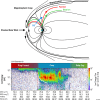



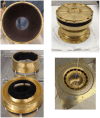

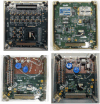


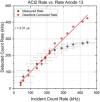

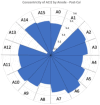



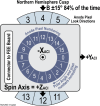

References
-
- da Silva D, Chen LJ, Fuselier S, Wang S, Elkington S, Dorelli J, et al. (2022) Automatic identification and new observations of ion energy dispersion events in the cusp ionosphere. J Geophys Res Space Phys 127:e2021JA029637. 10.1029/2021JA029637
-
- Miles DM, Fuselier S, Goodrich K, Kletzing C (2025) Mission overview of the TRACERS Small Explorers mission. Space Sci Rev 221
-
- Onsager TG, Chang S-W, Perez JD, Austin JB, Jano LX (1995) Low-altitude observations and modeling of quasi-steady magnetopause reconnection. J Geophys Res 100:11831–11843
-
- Petrinec SM, Kletzing CA, Miles D, Fuselier SA, Christopher IW, et al (2025) The Tandem Reconnection and Cusp Electrodynamics Reconnaissance Satellites (TRACERS) mission design. Space Sci Rev 221
Publication types
Grants and funding
LinkOut - more resources
Full Text Sources
